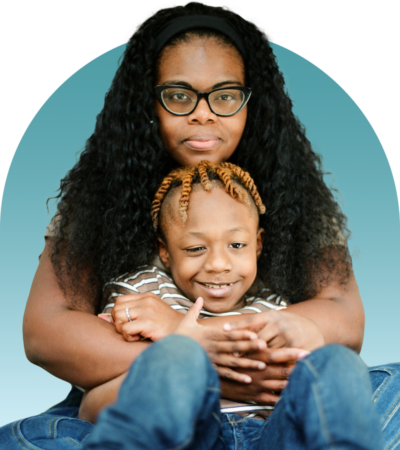Finishing treatment for a pediatric brain tumor is a huge milestone for families. It’s also the start of a new journey with a new set of challenges.
Because of current brain cancer treatments’ effect on children’s and teens’ physical, emotional, and mental development, your child may experience problems after treatment is over – sometimes months or years later. These delayed problems are called late effects or long-term effects, and they can vary for each survivor depending on the type of brain tumor they had, where it was located, and the treatment they got.
As your child and family transition into survivorship and post-treatment life, it can be helpful to understand the late-term effects your child may experience and how to manage them.
Common Late Effects & How to Manage Them
1. Vision Problems
Cataracts happen when the lens in the eye becomes cloudy after being exposed for many years to the sun’s ultraviolet light. This is a normal part of getting older, and cataracts usually don’t get bad enough to affect a person’s vision until after the age of 70. But for pediatric brain tumor survivors, radiation and steroids like dexamethasone (Decadron) can speed that aging process in the eye and cause cataracts to form at younger ages.
What You Can Do
Scheduling an eye exam each year by an eye doctor and having your child wear sunglasses outside to prevent more damage to the lens of the eye can help mitigate and manage cataracts.
2. Teeth Problems
Radiation that’s given to the whole brain or upper neck can affect the salivary glands. These glands are located on both sides of the face in front of the ears, and under the chin. Saliva from these glands helps keep the mouth moist, and that helps prevent tooth decay. Children who get radiation at a younger age may also have problems with the way their adult teeth develop. Problems can include teeth with abnormal shapes and enamel, short tooth roots, and more cavities.
What You Can Do
Good dental hygiene habits, such as brushing teeth at least twice a day and flossing daily, are important. Your child should see a dentist for an exam, cleaning and fluoride treatment every six months. Saliva substitutes can help relieve dry mouth symptoms.
3. Heart Problems
Radiation that targets the spine can sometimes have an effect on the heart. Conventional radiation (the most common kind of radiation, instead of proton radiation) can spread out from the targeted area. This is called scatter radiation. Survivors who got spinal radiation may have gotten some scatter radiation to the heart.
The amount of radiation to the heart is usually much lower than to the spine, but even a small amount of radiation can sometimes damage the heart muscle.
The effects on the heart can show up many years after treatment ends. If treatment included chemotherapy as well as radiation, the chance goes up of having blood clots and angina-like pain (chest pain, often felt when you exercise). Some chemotherapy drugs can also cause heart problems.
What You Can Do
Living a healthy life can lower the chances of heart problems. Survivors should also keep track of blood pressure and cholesterol and get treatment for high blood pressure or high cholesterol if they have them. Every few years, survivors should also have an echocardiogram (a test that looks at how well the heart is working).
4. Alopecia
Alopecia is the medical word for hair loss. Radiation to the head and scalp causes hair loss beginning soon after the start of treatment. Hair will regrow if the hair follicles are not permanently damaged, but long-lasting hair loss often happens after high doses of radiation.
What You Can Do
Loss of hair from just part of the scalp can sometimes be made less noticeable with creative hairstyles. If your child has long-term hair loss, they may feel more comfortable using scarves, hats, or wigs. Unfortunately, there’s not really any evidence that special diets or shampoos are effective.
Other Types of Late Effects
In addition to general late effects, pediatric brain cancer survivors can also experience neurological late effects, hormonal late effects, and secondary cancers.
That makes it important for survivors and their caregivers to know as much as possible about their type of tumor, where in the brain or spinal cord the tumor was located, what surgery was done, and if they have a VP shunt (a tube placed by a brain surgeon that allows extra fluid to flow out of the brain and down into the abdomen).
It’s also important to know as much as possible about the treatments they received, including whether radiation was proton or photon radiation, how much radiation they got, what area received radiation, and the names and total amount of drugs they received.
Survivorship is complex and can feel overwhelming. If you’d like to learn more about navigating life after treatment, download our Survivorship Resource Guidebook for resources and tools recommended by survivors, caregivers, healthcare professionals, and other members of the pediatric brain tumor community. You can also fill out our Family Connection Form or email [email protected] to talk with our team about ways we can help.
No matter what you’re facing on your family’s brain cancer journey, know that the Pediatric Brain Tumor Foundation is always here for you every step of the way.

